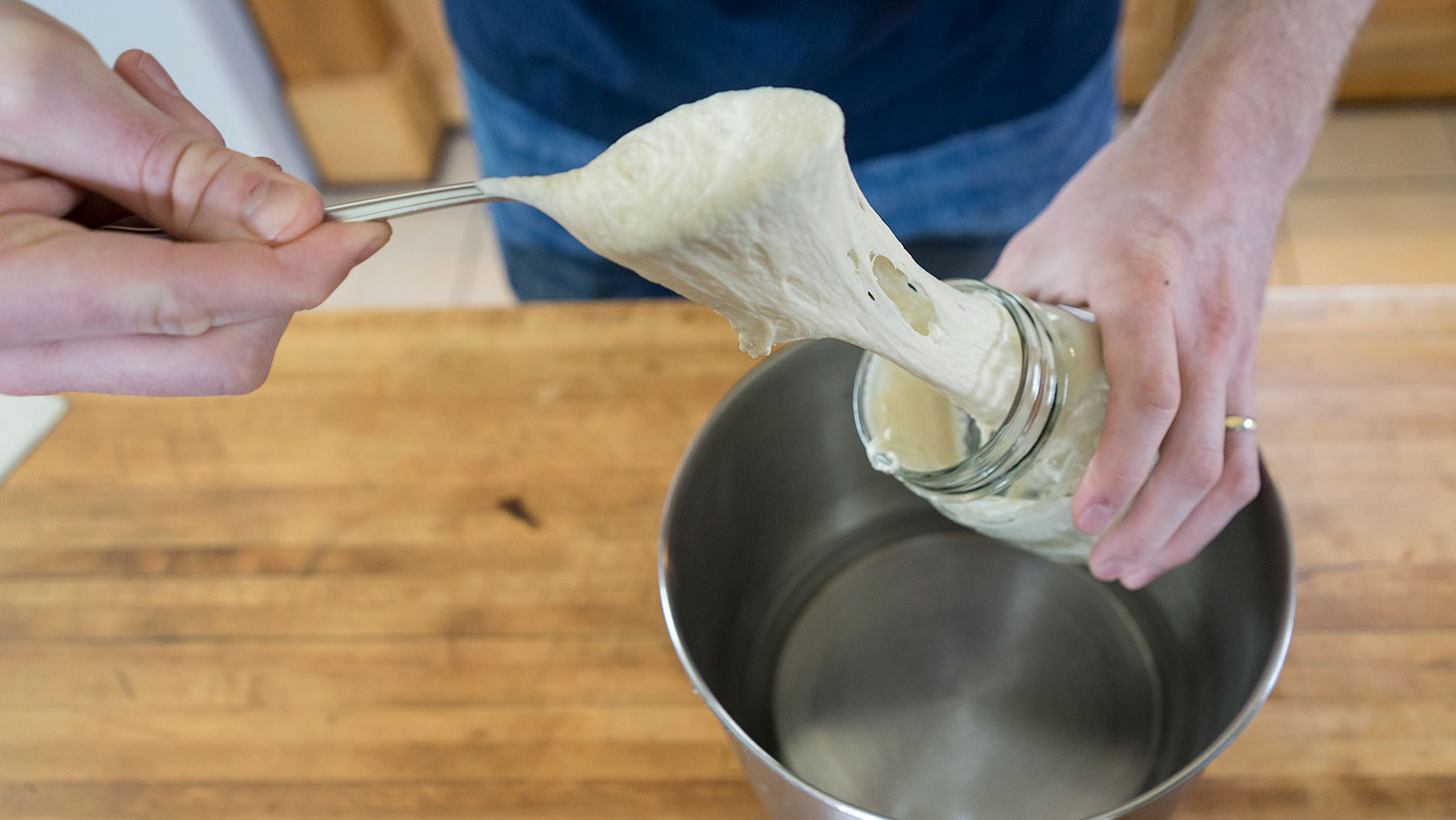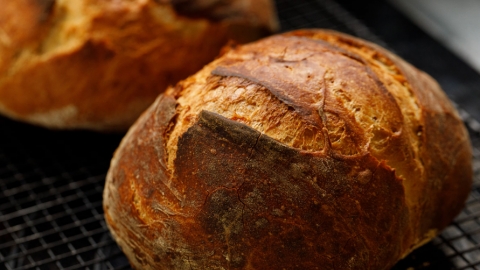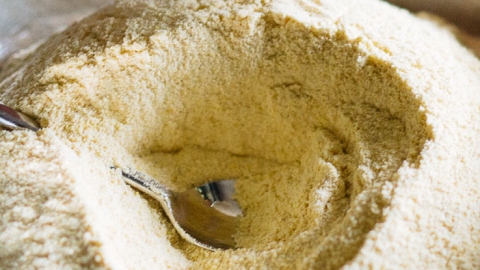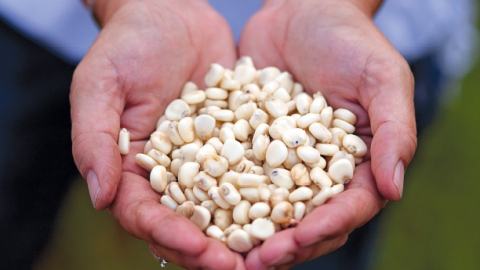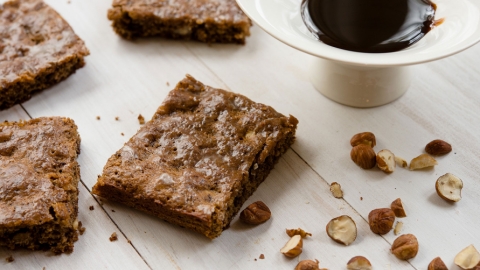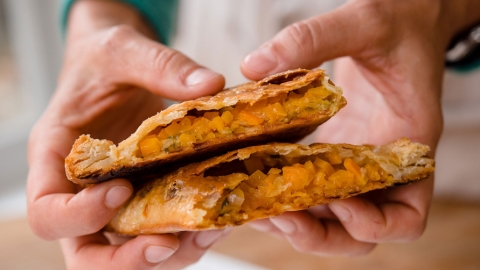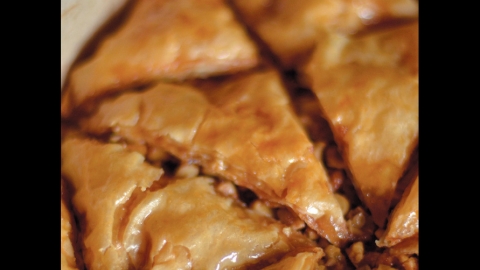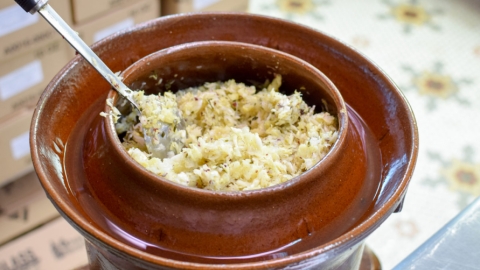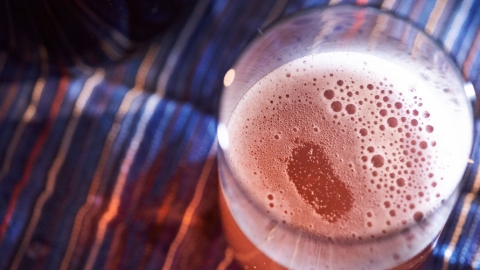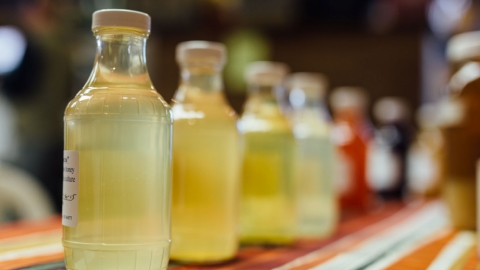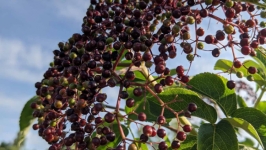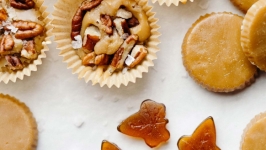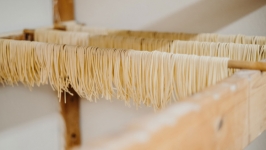Sourdough Starter
I’ve heard stories of people cultivating a jar of sourdough starter for years, baking from it and passing it down across generations. I didn’t inherit such a long-living starter, so I created my own. Turns out, it is easy to make a sourdough starter with just flour, water and time.
Natural yeasts float about in the air all around us; all you have to do is create an inviting trap to lure them into a jar. The process takes more or less time depending upon the season, and the air temperature and humidity in your house. Be patient. At first it seems like nothing is happening, but slowly, over the course of several days, the flour and water slurry will begin to change texture and grow sticky and stretchy.
If the starter doesn’t ferment correctly, it will begin to smell bad or rotten. If this happens, discard it and start over.
Use a simple kitchen scale to measure the flour and water; do not use measuring cups.
Day 1
Use a kitchen scale to measure 40 grams of all-purpose flour and 40 grams of water into a bowl. Mix together to form a wet, sticky slurry. Cover the bowl with a kitchen towel and put a rubber band around the edge. Let sit on the counter at room temperature.
Day 2
Remove the crust on top with a spoon and discard. Mix in an additional 40 grams of flour and 40 grams of water. Cover and leave on the counter.
Day 3
Do nothing.
Day 4
Remove the crust on top with a spoon and discard. Mix in another 40 grams each of flour and water. Cover and leave on the counter.
Day 5
Remove the crust on top with a spoon and discard. There should be a mild sour smell and bubbles. Mix in another 40 grams each of flour and water. Cover and leave on the counter. (If the mixture smells at all bad or rotten, discard it and start over.)
Day 6
The starter should smell sour and yeasty. It’s time to prep for your first loaf of bread. Add 75 grams of flour and 75 grams of water, stir well and allow to sit at room temperature for 2 to 3 hours.
Tips for creating and maintaining a sourdough culture
- Don’t waste time with fruits. Many sourdough starter recipes suggest beginning your culture with grapes, or even using pineapple juice. This sometimes helps in the short term but is often ineffective long term.
- Use fresh-milled flour, but be cautious. Fresh-milled flour is loaded with wild yeasts that die off during storage. However, some home mills heat flour to such high temperatures that much of the wild yeast is killed off. Whole wheat bread flour from Bonneyville Mill in Elkhart, IN, is a good option.
- Tap water is fine. Avoid the inconvenience and cost of buying bottled unchlorinated water. There’s no strong scientific evidence that tap water inhibits yeast growth.
- Freeze starter when you’re not using it. Just as Lauren Barry does with her backup starter, you should feel safe freezing your starter if you won’t be using it for a few weeks. Fill an ice tray with starter and then defrost cubes of starter in the lead-up to baking.
- Experiment with different types of flour. Your starter can be built using different combinations of whole wheat, white and even rye flour. You’ll notice that whole wheat flours develop stronger sour notes than white flour, so create a mix to suit your taste.
Read one writer's approach to baking bread and try our simple sourdough bread recipe.
Edible Michiana original recipe


